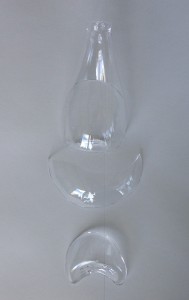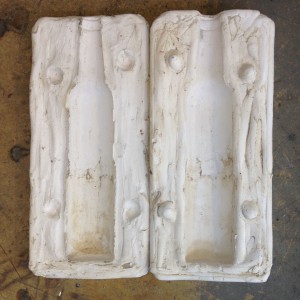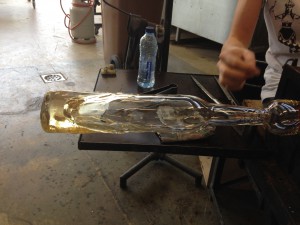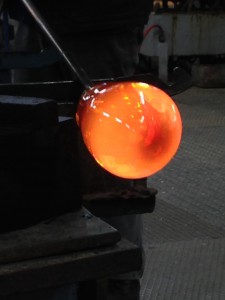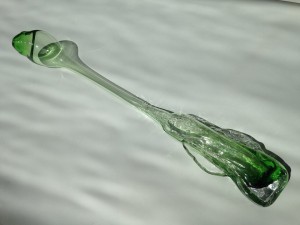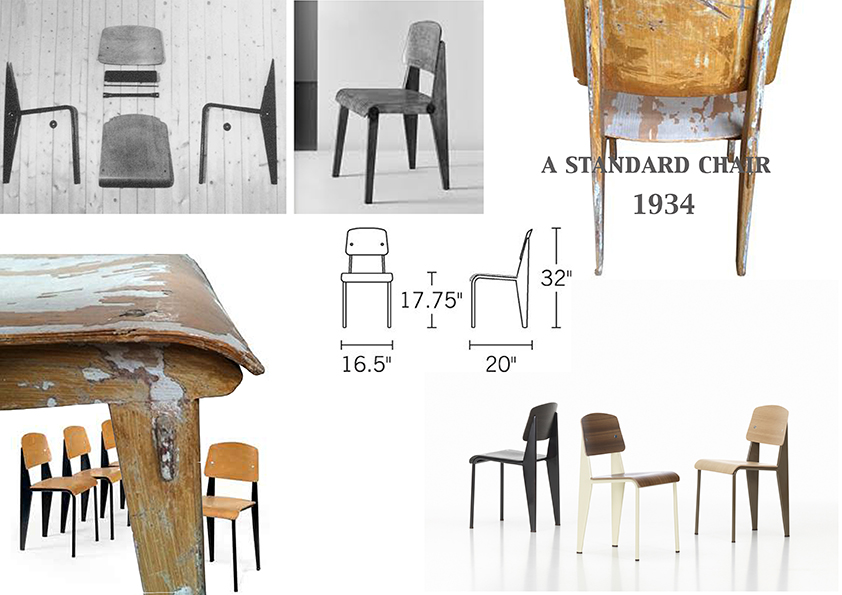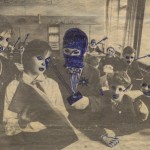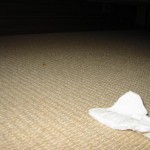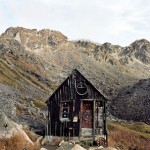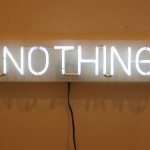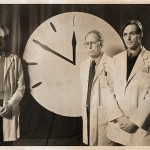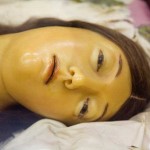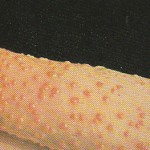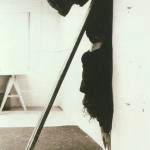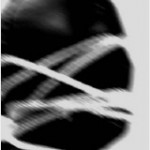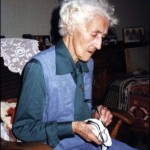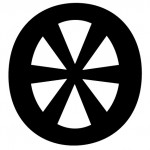I decided to visit a glass factory, I met Just who controls the machines that generates 200.000 beer bottles per 8 hours. I wanted to see the mass production of daily glass objects, wine glass, beer bottles etc. The contrast between the two images that glass has: The cheap, functional mass product and the crafted, expensive, complicated, cultural acknowledged glass, was clearly visible in the factory visiting the production part and the craftsman department. Both in the same factory, two completely different stories.
I decided to learn to make my own hand crafted beer bottle to combine the cheap image of a beer bottle with the expensive one of crafted glass. This process was longer, intenser, more impossible and way more difficult then I ever thought. In the end this process, of searching for methods getting to know the material (a little bit) and working together with all the elements that need to be just right in order for the glass to do what you want it to do, took over the functionality of the bottle.
You work in service of the glass, if not it will master you. I had to adept towards what the glass needed, the time, the pressure, temperature. I could wish for all that I wanted but there was only one way to go. The focused and calm research of the glass. It feels silly or a bit like a cliche, but the glass forced me to work in a way which I often try but where I also often fail, it made me really be in the process.
–
Measuring the bottle Blow a bubble Take glass two times
Blow
Shape it Glass to thin at the bottom Broke when putting in cool down oven Blow a bubble
Take glass two times
Blow
Bubble a bit small
Shape it
When putting in the oven Broke
Blow a bubble Take glass two times Really hot Blow Bubble a bit small Shape it Put in oven Heavy
Blow a bubble Shape it Really thin glass Broke when putting in the oven
Get a piece of colored glass Blow a bubble Take glass two times
Shape
Blow
Shape
Bottom to thin
Broke when putting in the oven
Get two pieces of colored glass Mix them Blow a bubble Take glass two times
Shape
Blow
Shape
Open cold wind
Glass cools down
Falls off
Broke
Make shape in sand Make sand wet Poor glass into shape Sand to wet starts to boil Making a glass volcano
Making a mold from plaster Get glass Blow a bubble More glass Blow More glass Blow More glass
Blow
Turn a lot
Shape a bit Wait for perfect temperature Open mold Let the mass sink perfect timing closing the mold
Press mold as tight as possible
Blow
Blow
Blow
Blow
Blow
Press
Open mold Take out the glass
Cool a bit
Make a cutting line Glass to cool for cutting line Broke
Fall down Transfer to cool down oven asap
Blow Turn a lot Shape a bit Wait for perfect temperature
Open mold Let the mass sink Perfect timing closing the mold
Press mold as tight as possible
Blow
Blow
Blow
Blow
Blow
PPPPPPPFFFFFFFFF
Press Open mold To little glass and to cool Take out the glass
Cool a bit and Transfer to cool down oven asap
Get colored glass Making a mold form plaster Blow a bubble
Get more glass Blow More glass Blow More glass Blow More glass
Wait
turn a lot Shape a bit Wait for perfect temperature Open mold Guide mass of glass bubble into mold Let the mass sink Way to hot and to much glass Drops quickly to the bottom Try to safe glass by pulling the pipe all the up Pressing the mold
Blowing
Pressing
Blowing
pressing
Glass goes trough the sides of the mold Open mold Glass still soft
Rest glass on floor get gloves Pick up glass Bring to cool oven
